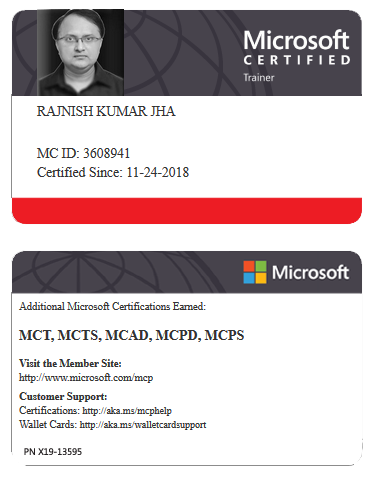Learn how to Implement Git hooks
Git hooks are simple scripts that run automatically at specific points in the Git workflow. Below, we’ll walk through how to create, enable, and use Git hooks for common tasks.
Step-by-Step Guide to Implement Git Hooks
1. Create a Git Hook
Navigate to Git Hooks Directory: Inside your Git repository, go to the
.git/hooks/directory:xxxxxxxxxx11cd /path/to/repo/.git/hooks/Create a New Hook: Create a new script file with the appropriate name for the hook. For example:
xxxxxxxxxx11touch pre-commitMake the Hook Executable: Make the hook executable:
xxxxxxxxxx11chmod +x pre-commitEdit the Hook Script: Open the hook script for editing:
xxxxxxxxxx11nano pre-commitAdd Logic to the Hook: Add custom commands inside the script. For example, a simple pre-commit hook to run tests:
xxxxxxxxxx212npm test
2. Enable the Git Hook
The hook will now execute whenever the specified Git event occurs (e.g., git commit).
Example Git Hooks
pre-commit: Runs before a commit is made.xxxxxxxxxx212npm run lint && npm testpost-merge: Runs after a merge is completed.xxxxxxxxxx212echo "Merge completed successfully."pre-push: Runs before changes are pushed to the remote repository.xxxxxxxxxx312echo "Running pre-push hook..."3npm run buildpost-receive(Server-Side): Runs after a push event is received on the server.xxxxxxxxxx212echo "New code pushed to repository."
Testing and Debugging Git Hooks
Run the Hook Manually: To test a hook manually, use the following command:
xxxxxxxxxx11./pre-commitDebugging: Add debug statements to the script to better understand what's going wrong:
xxxxxxxxxx312echo "Running pre-commit hook at $(date)" >> ~/hook_debug.log3npm test
Best Practices
Consistency: Ensure all hooks follow a consistent naming convention and logic.
Error Handling: Implement error handling to prevent silent failures.
Documentation: Document the purpose and usage of each hook for team members.






















Leave a Reply